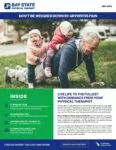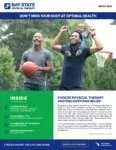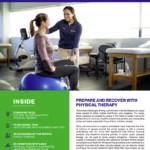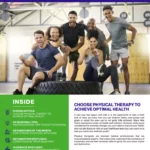What is Arthritis and Stenosis?
As we age,the wear and tear on our necks over time can lead to bony changes in the joints and bones (vertebrae) of the neck. These bony changes, along with poor posture, can cause the formation of bone spurs that can rub and irritate surrounding tissue.
The bone spurs can form the holes on the side of the neck where the nerves exit out (foraminal stenosis) or in the central spinal cord canal (central stenosis). It can cause a variety of symptoms from pain to numbness and tingling in the arms. In severe cases of central canal stenosis, which affects the spinal cord, poor balance, pain in the legs, and difficulty with walking can occur.
People with osteoarthritis in the neck can experience chronic pain, joint stiffness, and limited range of motion when turning their head and looking up. Pain may be worse in the morning or after prolonged periods of inactivity.
People with rheumatoid arthritis can suffer from neck pain. It is very important for people with rheumatoid arthritis to maintain strength in the postural muscles of the neck, shoulders, and upper back. Maintaining strength in these areas is critical because a very important ligament in the upper neck often weakens with rheumatoid arthritis and can be a serious health risk if injured.
How physical therapy helps:
Physical therapy is very important in the treatment of arthritis in the neck. Our physical therapists assess your range of motion, joint mobility, strength, and posture. From there, they determine the best plan of treatment, which may involve hands-on therapy to restore joint and soft tissue mobility as well as exercises for strength, range of motion, and postural retraining.
Our physical therapists work with you to restore natural movement, eliminate pain, and get you back to enjoying your daily activities. Call Bay State Physical Therapy today to discover how we can help relieve your neck pain!





